COS News
News
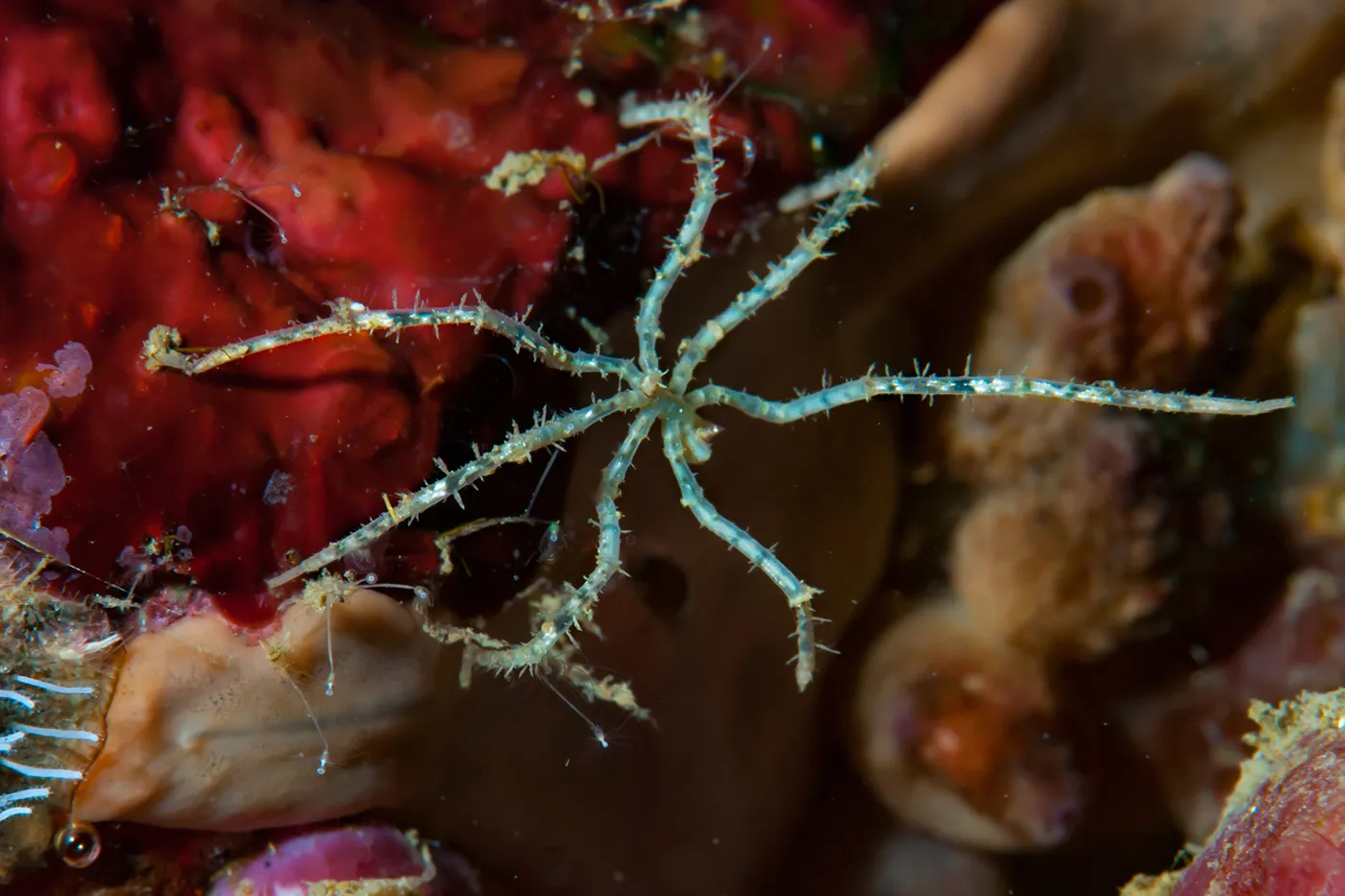
Connie Phong wants to know how an animal adapted to live in a highly specialized environment — just below the freezing point for seawater — responds to warming oceans.
How Northeastern scientists are using Antarctic sea spiders to study life on the edge
News

Fleury Augustin Nsole Biteghe has identified a way to target two of the deadliest cancer types with chemotherapy drugs but without the harms associated with chemotherapy.
Northeastern researcher uses light to target and kill cancer cells
Showing 206 results in Physics
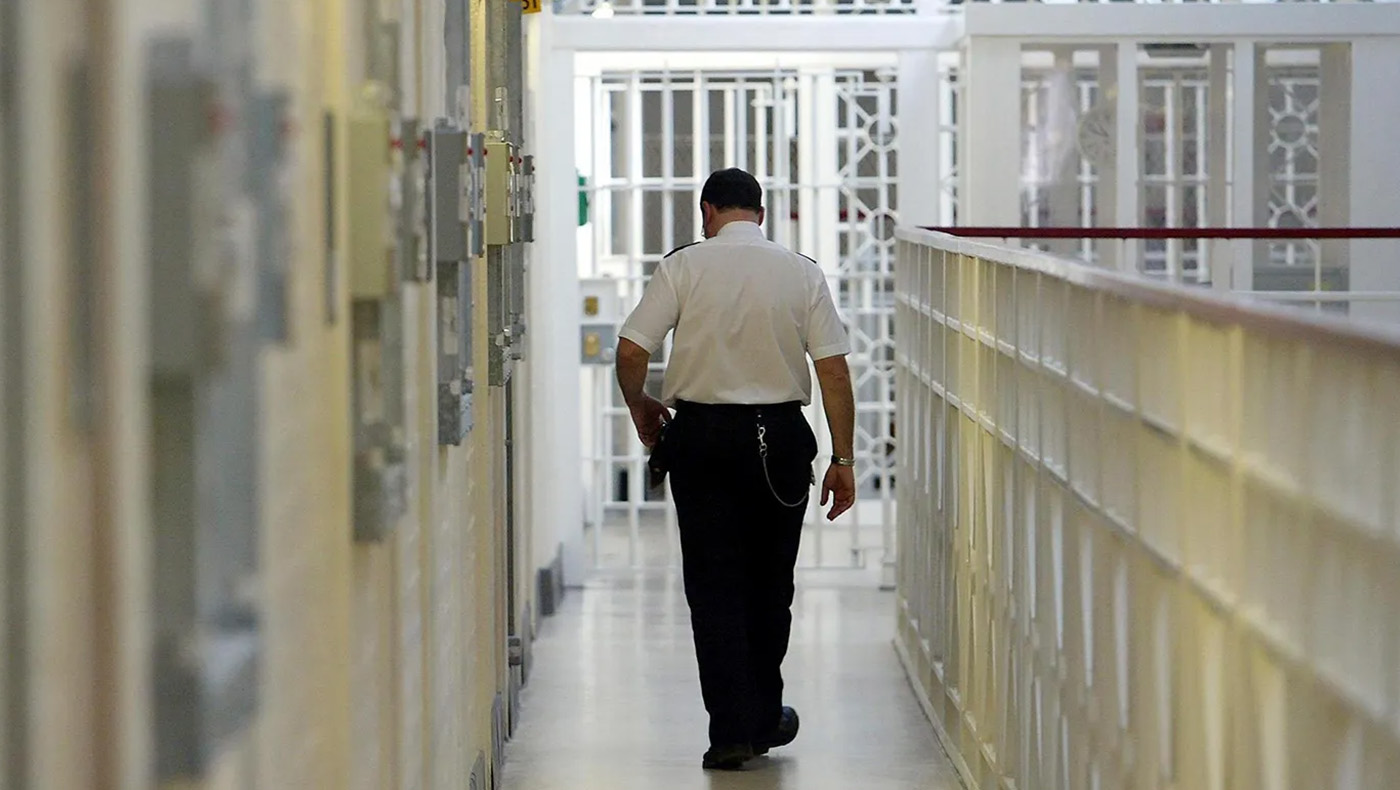
COVID-19 prison releases exposed inequities
In the decade leading up to 2020, racial inequity in U.S. incarceration was trending down––until the COVID-19 pandemic hit.

Three Northeastern professors elected fellows
Guohao Dai, Aileen Huang-Saad and Srinivas Sridhar have been elected to the AIMBE College of Fellows, which draws from the upper 2% of medical and biological engineers.
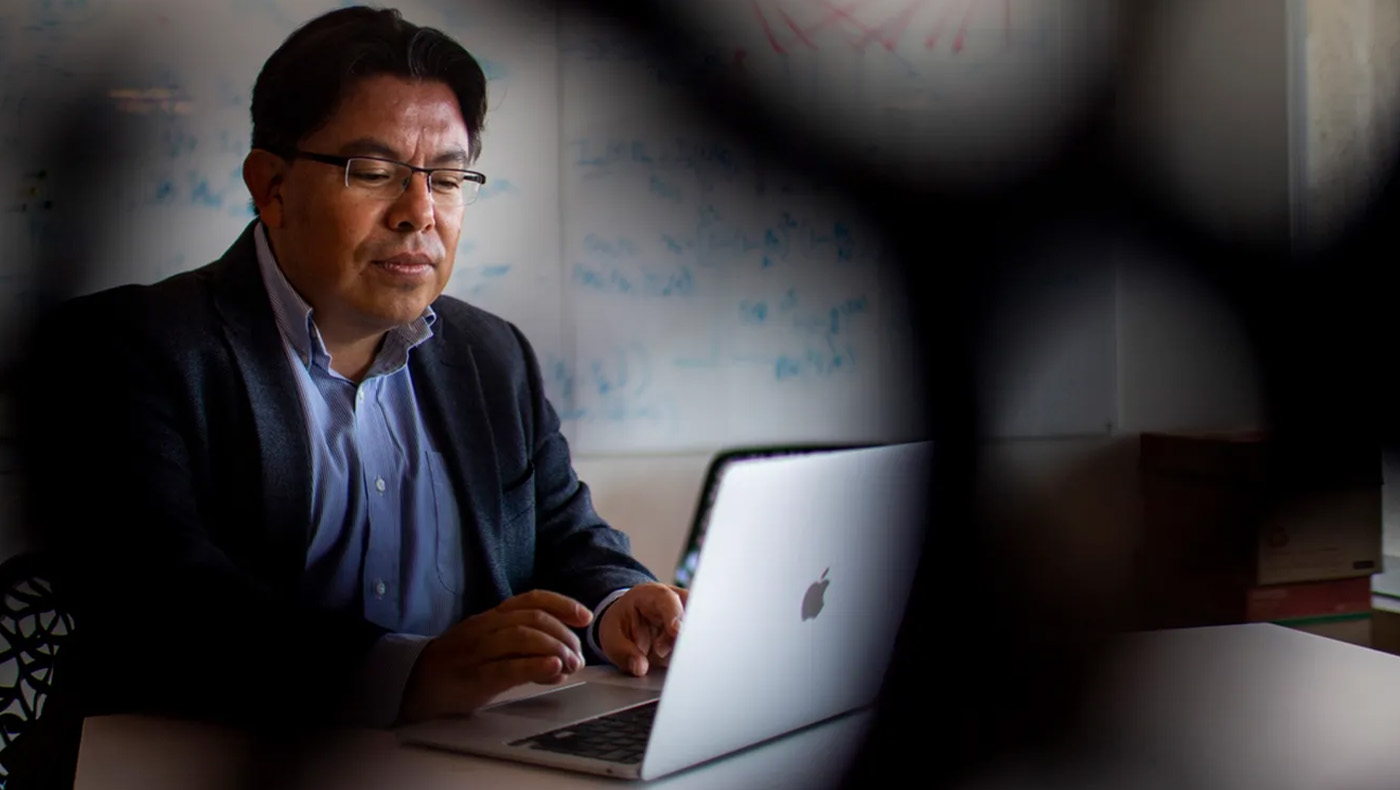
Is the US ready for another pandemic?
Is the U.S. ready for another pandemic?
It’s a question members of Congress convened last week to tackle. And one of Northeastern’s own machine learning experts, Mauricio Santillana, a professor of physics and network science, was on Capitol Hill to help shed light on U.S. preparedness from the standpoint of how to levy big data to create better predictive models.
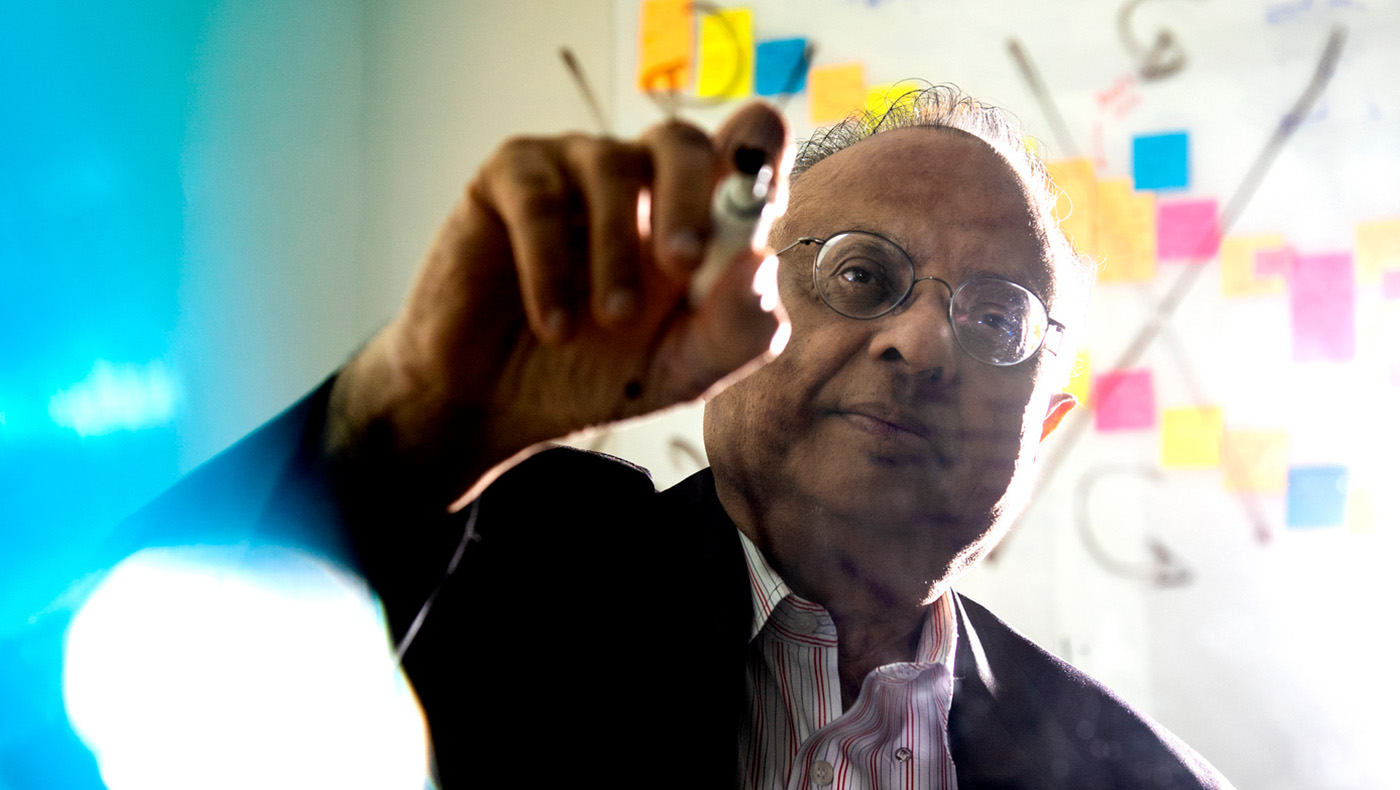
‘We don’t have any theory for this.’ Breakthrough discovery in materials science challenges current understanding of photoemission
What exactly is light—and what is it made of? It’s an age-old question that dates back to antiquity, and one of the most important investigations undertaken by scientists looking to understand the nature of reality.
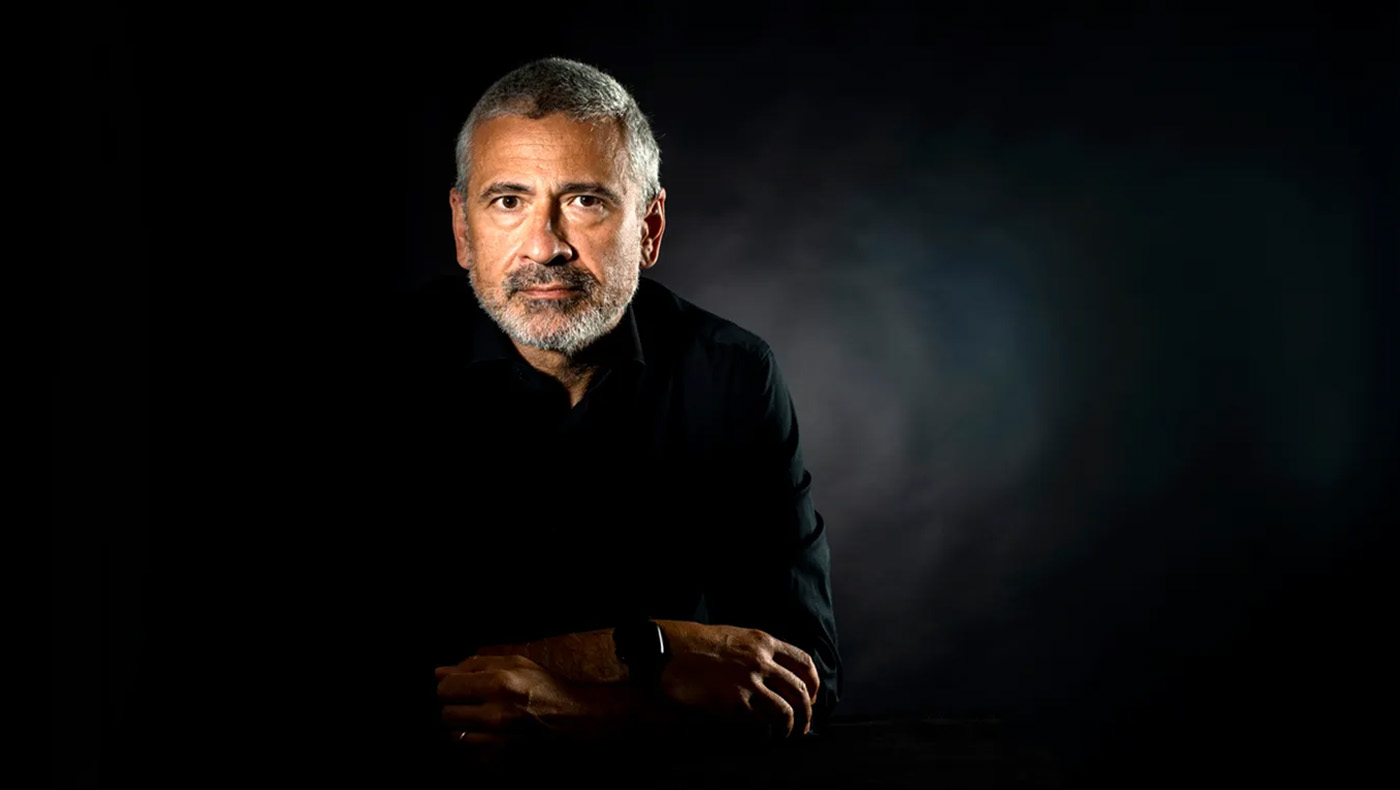
For his leadership on COVID-19, Alessandro Vespignani receives ‘lifetime honor’ from American Association for the Advancement of Science
Alessandro Vespignani, director of the Network Science Institute and Sternberg Family Distinguished Professor at Northeastern, has been elected as a Fellow to the American Association for the Advancement of Science.
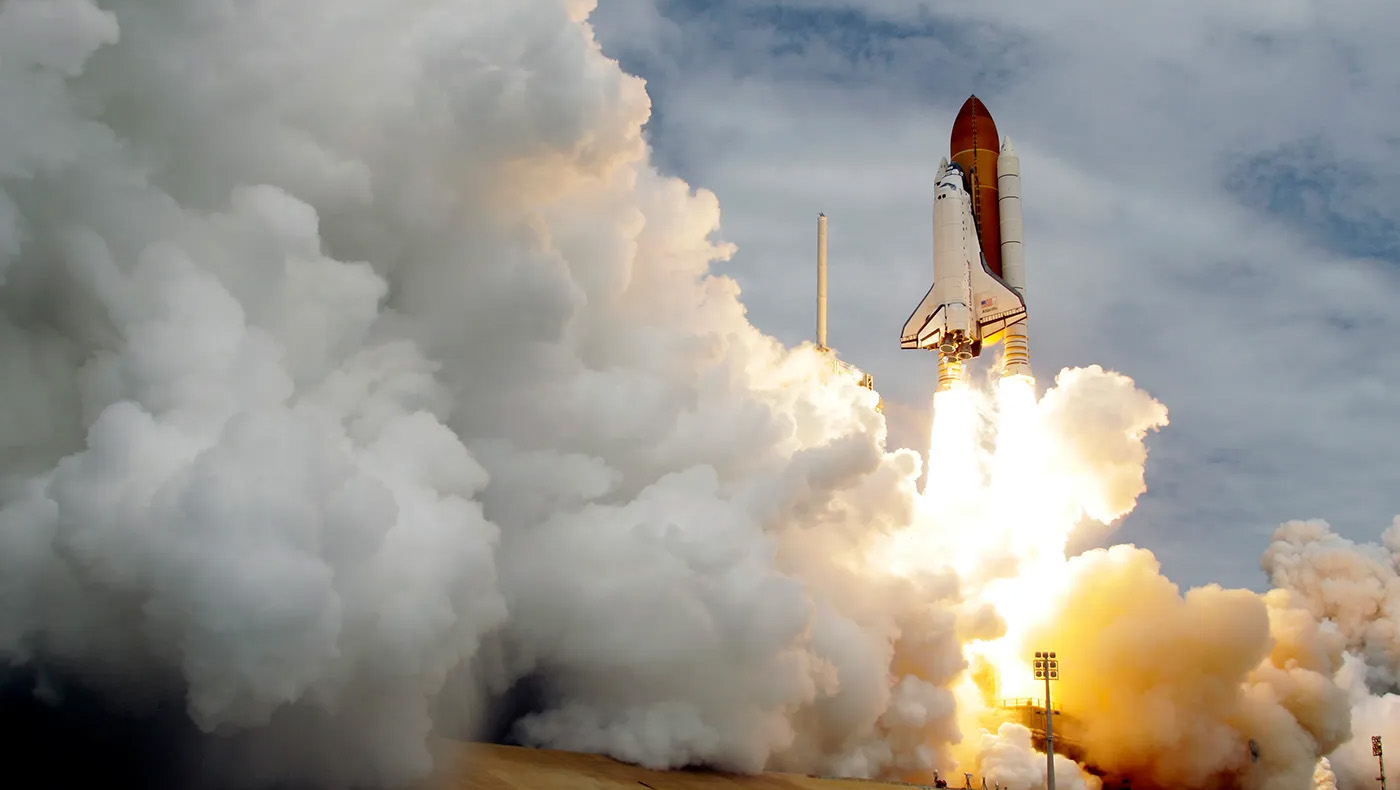
‘I really look at Northeastern as a turning point in my life.’ How a co-op launched Joseph Heyman to NASA’s Hall of Honor
Joseph S. Heyman’s association with NASA began as a Northeastern student in 1964, two years after President John F. Kennedy committed the U.S. to landing a man on the moon.
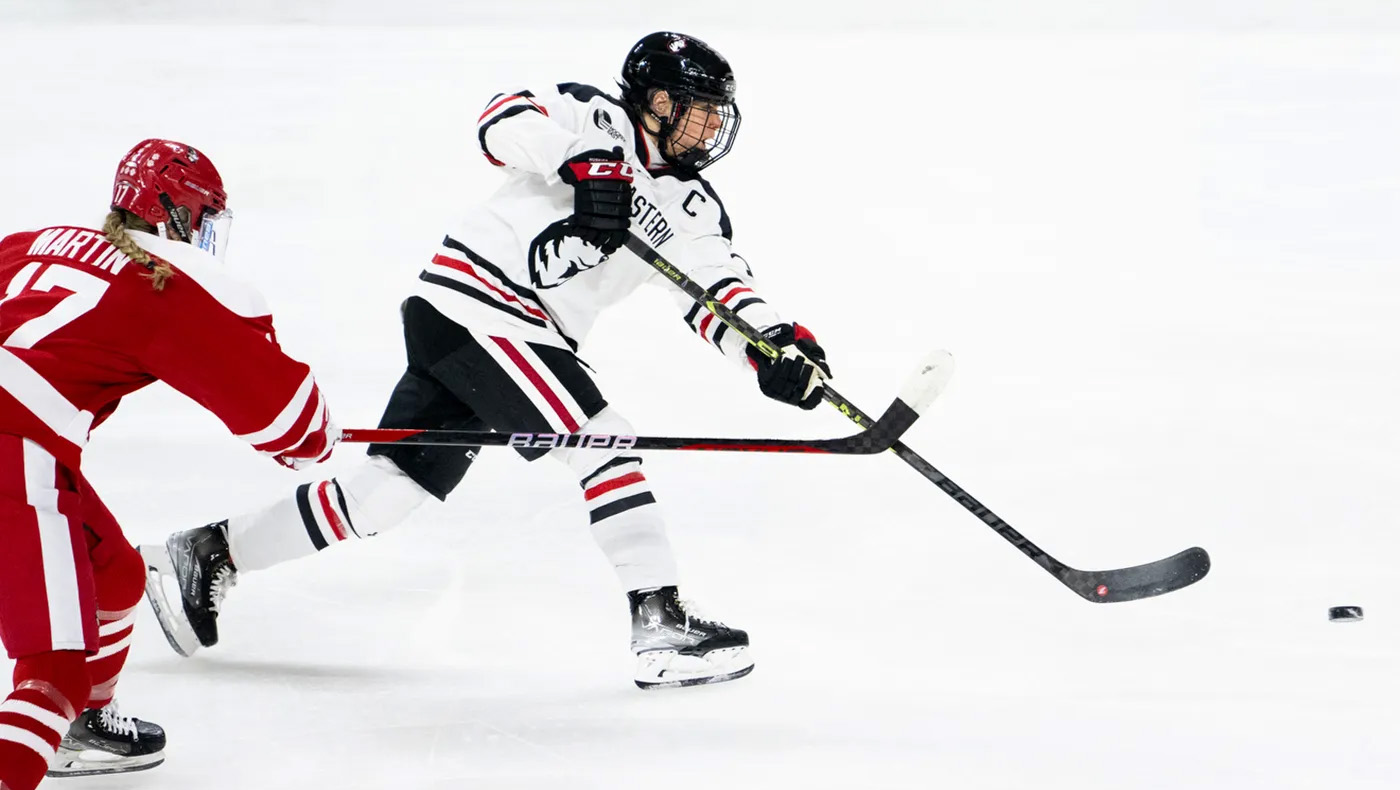
Hockey physics: What are the forces responsible for a good slap shot? Naturally, we asked a physicist
Hockey fans everywhere love a good slap shot. It is one of the most widely used tools in the game, responsible for some of the sport’s most memorable moments.
It’s a skill perfected by all the top goal-scorers, including Northeastern’s Aidan McDonough and Alina Mueller, who lead their teams into their respective Beanpot finals. The men face Harvard at 7:30 p.m. Monday at TD Garden, while the women play at Boston College at 7:30 p.m. Tuesday.

Can ‘digital traces’ from internet searches and social media predict outbreaks of COVID-19?
Your Google searches and Twitter accounts alert marketers about what items you might like to purchase—could they also serve as an early warning system when COVID-19 levels are about to take off?
A team of scientists including Northeastern University machine learning expert Mauricio Santillana says internet users’ “digital traces” can be adopted to alert public health officials to sharp increases in COVID-19 at the county level one to six weeks ahead of a major outbreak.

The US achieved a major nuclear fusion breakthrough–but obstacles remain. Here’s why fusion power may still be decades out of reach
The U.S. Department of Energy on Tuesday announced that a national lab in California made a “major scientific breakthrough”—namely, that it produced a nuclear fusion reaction that resulted in a net energy gain, a condition known as “ignition.”

The layers of science behind every World Cup kick
Northeastern professors Dagmar Sternad and Arun Bansil break down the physics and neuroscience behind World Cup soccer ball kicks.

Republicans had higher COVID-19 death rates in the first year of the pandemic, new research says
Northeastern researchers uncovered statistics that suggests that politics played a significant role in who was dying early in the pandemic.

Scientists have found proof of an ancient Martian ocean. It could mean we’re closer to finding life on Mars
Mars is known for its crimson, frozen terrain, but a recent discovery from a team of researchers provides new evidence that there was once an ancient ocean on the now-harsh Martian terrain.